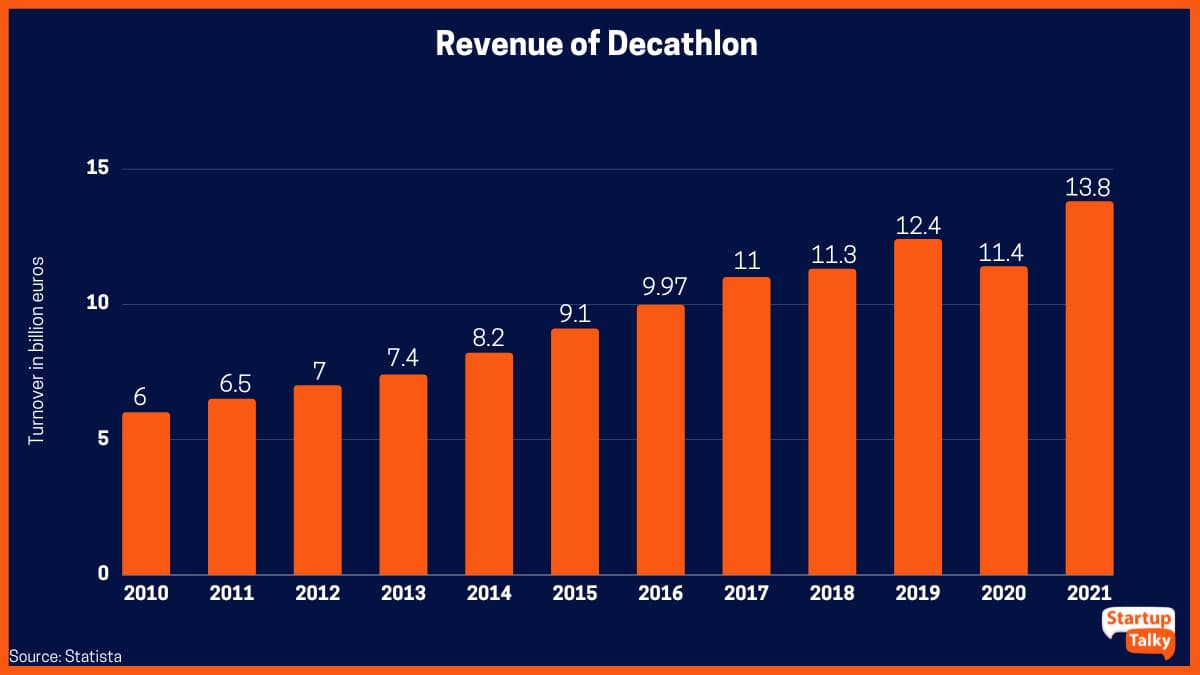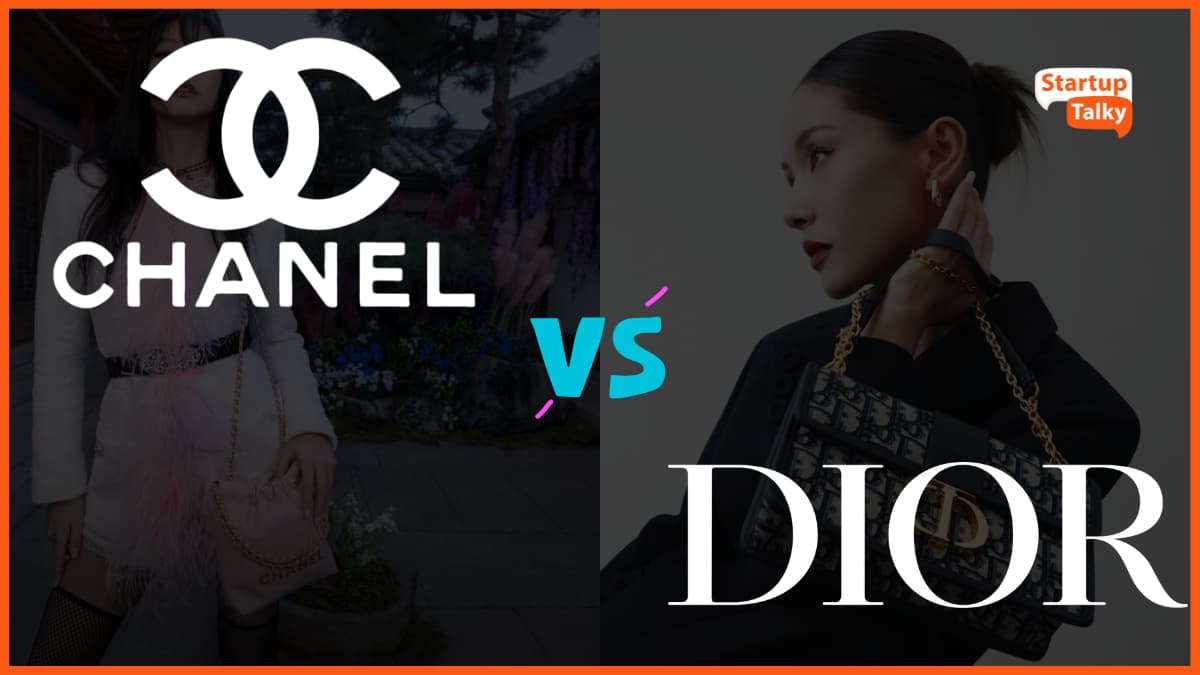With a market capitalization of over a trillion dollars at the time of this writing, Apple is among, if not the most valuable brand in the world. In recent years, it has become increasingly rare to not use an Apple product at some point in your day. In fact, as of this month, there are over one billion Apple products being used across the world. The little apple with a bite out of it has become synonymous with technology, music, and growth.
Apple Inc. is an American multinational technology company headquartered in Cupertino, California, that designs, develops and sells consumer electronics, computer software, and online services. Apple is considered one of the Big Four technology companies, along with Amazon, Google, and Facebook.
The company’s hardware products include the iPhone smartphone, the iPad tablet computer, the Mac PC, the iPod portable media player, the Apple Watch smartwatch, the Apple TV digital media player, and the AirPods wireless earbuds. Apple’s software includes the macOS, iOS the iTunes media player, the Safari web browser, and the iLife and iWork creativity and productivity suites. Its online services include the iTunes Store, the iOS App Store, the Mac App Store, Apple Music, iMessage, and iCloud.
History of Apple
Apple Motherboards to iPhone and Beyond
Apple iMac and iPod
Apple Business Model
Apple Revenue Model
History of Apple
The history of everyone’s favorite start-up is a tech fairytale with one garage, three friends – Steve Jobs, Steve Wozniak, Ronald Wayne, and their wild passion to do something big. The two Steves attended the Homebrew Computer Club together; a computer hobbyist group that gathered in California’s Menlo Park from 1975. Woz produced the first computer with a typewriter-like keyboard and the ability to connect to a regular TV as a screen. Later christened the Apple I, it was the archetype of every modern computer hand-built entirely by Wozniak.
It was sold as a motherboard (with CPU, RAM, and basic textual-video chips)—a base kit concept. The approach was to make something simpler for the rest of us. A philosophy even reflected today in Apple’s products. The Apple I went on sale in July 1976 and was market-priced at $666.66 ($2,995 in 2019 dollars, adjusted for inflation).
According to the biography of Steve Jobs, the name was conceived by Jobs after he returned from an apple orchard. He apparently thought the name sounded “fun, spirited, and not intimidating.” The name also likely benefitted by beginning with an A, which meant it would be nearer the front of any listings.
Apple Computer, Inc. was incorporated on January 3, 1977, without Wayne, who had left and sold his share of the company back to Jobs and Wozniak for $800 only twelve days after having co-founded Apple. Multimillionaire Mike Markkula provided essential business expertise and funding of $250,000 during the incorporation of Apple.
During the first five years of operations, revenues grew exponentially, doubling about every four months. Between September 1977 and September 1980, yearly sales grew from $775,000 to $118 million, an average annual growth rate of 533%.

Apple Motherboards to iPhone and Beyond

Steve Jobs was convinced that all future computers would have GUI. The first home computer with a GUI, or graphical user interface — an interface that allows users to interact with visual icons — was the Apple Lisa. Jobs adapted the technology of The Xerox Alto(the first computer to feature GUI) into a computer small enough to fit on a desktop. Despite a fantastic breakthrough, it was a commercial failure due to its high price and limited software titles.
On December 12, 1980, Apple (ticker symbol “AAPL”) went public selling 4.6 million shares at $22 per share, generating over $100 million, which was more capital than any IPO since Ford Motor Company in 1956. By the end of the day, the stock rose to $29 per share, and 300 millionaires were created. Apple’s market cap was $1.778 billion at the end of its first day of trading.
The Macintosh Computer, In 1984, Apple introduced its most successful product yet — the Macintosh, a personal computer that came with a built-in screen and mouse. The machine featured a GUI, an operating system known as System 1 (the earliest version of Mac OS), and a number of software programs, including the word processor MacWrite and the graphics editor MacPaint. The New York Times said that the Macintosh was the beginning of a “revolution in personal computing.”
Macintosh sales were initially good but began to taper off dramatically after the first three months due to its high price, slow speed, and limited range of available software. In early 1985, this sales slump triggered a power struggle between Steve Jobs and CEO John Sculley, who had been hired by Jobs using the famous line, “Do you want to sell sugar water for the rest of your life or come with me and change the world?” Jobs resigned from Apple in September 1985 and took a number of Apple employees with him to found NeXT Inc. Wozniak had also quit his active employment at Apple earlier in 1985 to pursue other ventures. He continues to represent the company at events or in interviews, receiving a stipend estimated to be $120,000 per year for this role.

Apple iMac and iPod
In 1997, Jobs returned to Apple as the interim CEO, and a year later the company introduced a new personal computer, the iMac. The iMac was a strong seller, and Apple quickly went to work developing a suite of digital tools for its users, including the music player iTunes, the video editor iMovie, and the photo editor iPhoto. These were made available as a software bundle known as iLife.
In 2001, Apple released its first version of the iPod, a portable music player that allowed users to store “1000 songs in your pocket”. By 2015, Apple had sold 390 million units.
The iPhone
During his keynote speech at the Macworld Expo on January 9, 2007, Jobs announced that Apple Computer, Inc. would thereafter be known as “Apple Inc.”, because the company had shifted its emphasis from computers to consumer electronics. The event also saw the announcement of the iPhone and the Apple TV. The company sold 270,000 iPhone units during the first 30 hours of sales, and the device was called “a game changer for the industry”. Apple achieved widespread success with its iPhone, by October 2008, Apple was the third-largest mobile handset supplier in the world.
After years of speculation, Apple unveiled the iPad on January 27, 2010. The iPad ran the same touch-based operating system as the iPhone, and all iPhone apps were compatible with the iPad. Later that year on April 3, 2010, the iPad was launched in the US. It sold more than 300,000 units on its first day, and 500,000 by the end of the first week. In May, of the same year, Apple’s market cap exceeded that of competitor Microsoft for the first time since 1989.
Jobs passed away in 2011, months after stepping down as CEO, marking the end of an era for Apple, he was replaced by Tim Cook. The company continues to enjoy growth, engaging in many high-profile acquisitions, in recent years buying companies such as Beats Electronics and hardware sensor giant PrimeSense.

Apple Business Model
Customer Segments
In the 20th century, Apple catered primarily to the home computer market, selling products which, although coming with a premium price tag were still affordable for the mass market.
In the 21st century, following Jobs’ re-branding of Apple Computers Inc. to Apple Inc., Apple has focused increasingly on consumer electronics, with the iPod, the iPhone, and the iPad becoming flagship products. They continue to cater to the premium end of this market.
Value Proposition
The key to Apple’s success is majorly given to its meticulous, elegant design. Moreover, the loyal customer base formed by Apple in the initial years is still a strong standing point, with customers ready to pay time and again for flawless, high-performance, brilliantly designed devices.
Customer Relationships
Apple maintains its strong relationship with its customers by offering phone and web-chat-based customer service channels, in addition to providing in-person assistance at its various stores worldwide.
Key Activities
Apple’s key activities are investing a lot in quality control to ensure products meet the standard their customer base has come to expect. Aside from design, and quality control, branding is a huge part of what Apple does. Apple is extremely conscious of controlling the image it projects and it has painstakingly and consciously cultivated an image of quality, precision, sophistication, and class that enables it to justify the higher price tags its products command relative to its rivals.

Apple Revenue Model
While home computer sales comprised the majority of revenue for most of Apple’s history, in the last decade, this has changed as Apple has focussed on smaller consumer electronics. For FY 2022, the sale of iPhones generated between 40-60% of the company’s revenues and is consistently their biggest earner.
Macintosh computers were the second biggest earner in FY 2022, generating around 6-10% of the company’s revenue.
The sale of the iPad generated 5-8% of Apple’s income in FY 2022.
Sale of other products, including Apple watches and iPods generate around 8-10% of revenue.
Apple’s internet services, including iTunes, Apple Care, and Apple Pay accounted for 19.8% of revenue in FY 2022.

The key highlights of the analysis of Apple as a Tech giant are that when the need felt to a shift from the computer industry to consumer electronics, it didn’t wait for the numbers to slump, it immediately started working on newer products.
It worked really hard to maintain the quality standard and never compromised on it even if the sales fluctuated.
Another major reason for Apple’s dominance in the upper crest of digital products is the customer relations it has maintained over the years. The brand loyalty that we see when it comes to Apple’s tribe is unmatched by any other company.
The user-friendly interface, attractive updates, and excellent customer service never let Apple’s presence fade away despite the extravagant costs.
Apple also works on its advertising strategy, launching exciting ads that ultimately make it the talk of the industry. Whether the reputation is positive or negative, Apple makes sure that it does not let the popularity descend. This constant adaptation and perseverance is what makes it sit on the trillion-dollar throne.
FAQs
When was Apple founded?
Apple Computers, Inc. was founded on April 1, 1976, by Steve Jobs and Steve Wozniak.
What is Apple’s first product?
The first Apple product was launched on April 11, 1976. It was just a fully assembled motherboard, with about 60 chips.
Who is the CEO of Apple?
Tim Cook serves as CEO of Apple since 24 Aug 2011.





































